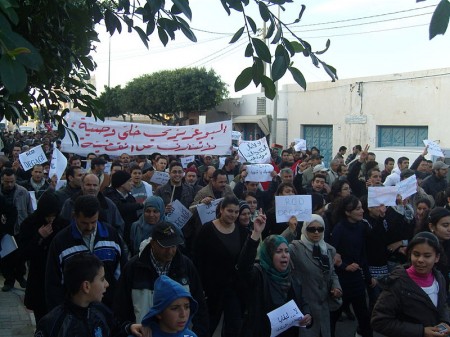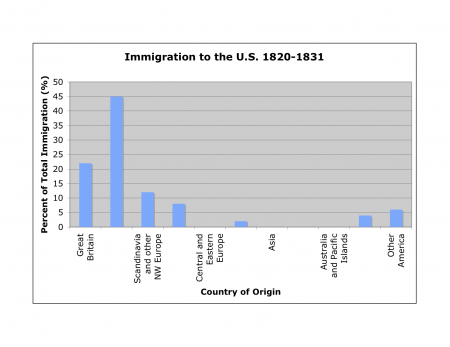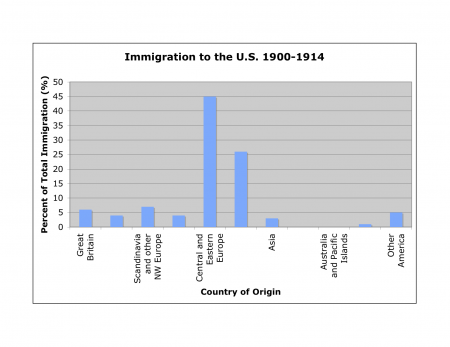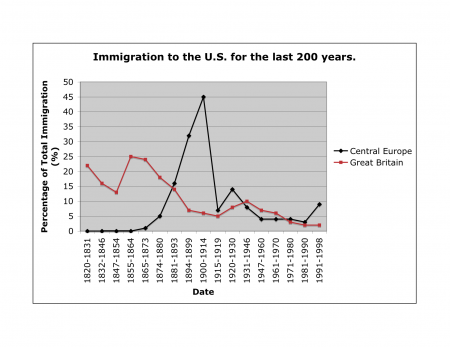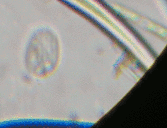As an online discussion grows longer, the probability of a comparison involving Nazis or Hitler approaches 1.
— Mike Godwin, 1989.
Our daily discussions of The Chrysalids have gone on long enough that Hitler came up. I can’t remember the details, but somehow, it occurred to one of my students that, since we don’t know exactly when the story is set, and given the outstanding question, “Did they ever find Hitler’s body?” what if Hitler turned up in the book.
Sigh.
Quite coincidentally, I ran into this article today, about Hitler’s last bodyguard. Apparently, he’s getting too old to answer all his fan mail. Tennessee gets a mention.
Sigh.
On a final note, the above quote about Godwin’s Law is a nice one to use in a cycle where we’re talking about probability.
Cheers.

